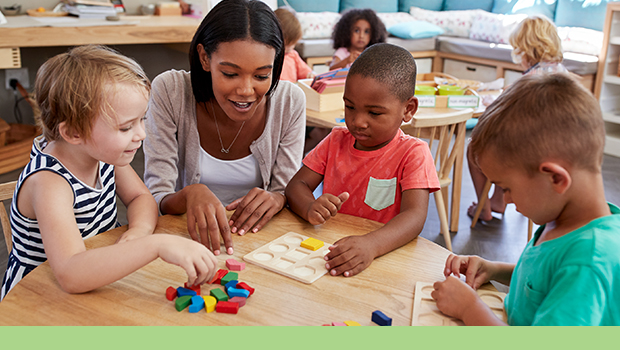For too many years play has been removed from the early elementary grades where it’s most essential for children’s growth and learning. Thanks to legislation CEA advocated for Connecticut play-based learning is now required in preschool and kindergarten and encouraged in classrooms up to grade five.
Joy, play, and bringing fun into classrooms was the focus of a conference last month, Rekindling Joy in Schools: A Day of Laughter, Learning, and Collaboration. CEA partnered with the Teacher Leader Fellowship Academy at Sacred Heart, the Connecticut Association of Public School Superintendents, the State Department of Education, and ASCD Connecticut–with support from the Connecticut Association of Schools and the Connecticut Association of Boards of Education–to bring a day of learning and collaboration to hundreds of educators on Election Day.
The conference offered 13 breakout sessions on everything from building a culture of empathy, to mornings made easy, to AI for teaching and learning.
In her session, Bringing Joy and Access to Our Most Vulnerable Students, CEA Vice President Joslyn DeLancey talked with teachers about the power of play and how it can enhance access to the curriculum for students with 504 plans and IEPs.
DeLancey opened her session by asking participants to reflect on how they would define the words play and rigor. Teachers had negative reactions to the word rigor, which DeLancey said is understandable given how the term is often used in schools, but she said that when describing learning, rigorous lessons are those that push boundaries and encourage students to question assumptions and think deeply.
“Somewhere along the way, people in charge of education decided that play and rigor were not the same thing,” she said. “We misuse this word rigor to excuse the ridiculousness of how we structure our current practice, but I would argue play is one of the most rigorous things we could be doing with our students. Play is joyful, and rigor can be joyful.”
In her fifth grade classroom DeLancy said she set up math centers where students could spend a few minutes after they’d finished their assigned work. “Lots of times in elementary classrooms when kids finish their math work they’ll read. I said, ‘No, we’re mathing.’”
The math stations started as a free play activity for students and DeLancey added more guidance to their play over time. Students enhanced their math vocabulary and came up with their own games to challenge one another.
“Sometimes we feel pressured because we have so much curriculum to cover, but there are ways to do it through play more organically,” DeLancey said.
She added, “We have kids who struggle to sit still. They may not have needed an IEP if they’d gotten those early literacy skills through play. They couldn’t sit and listen to someone do Fundations, but maybe they would have been able to access those skills through play.”
In her classroom DeLancey also had a puzzle station with a 1,000 piece puzzle set up. Students worked on it slowly over the course of six months. One student who sometimes had trouble focusing in class would sit quietly and add pieces while listening to instruction. “When she put in that last piece and finished the puzzle she was the hero of 5D,” DeLancey said.
By giving her students more opportunities to play, DeLancey found that children with IEPs were more successful because they could access learning through play more easily and also felt safer. “For a lot of kids, it’s not that they’re not smart, it’s that we haven’t given them a way to access the learning.”
Read more about the Rekindling Joy in Schools conference in the December-January issue of the CEA Advisor.







